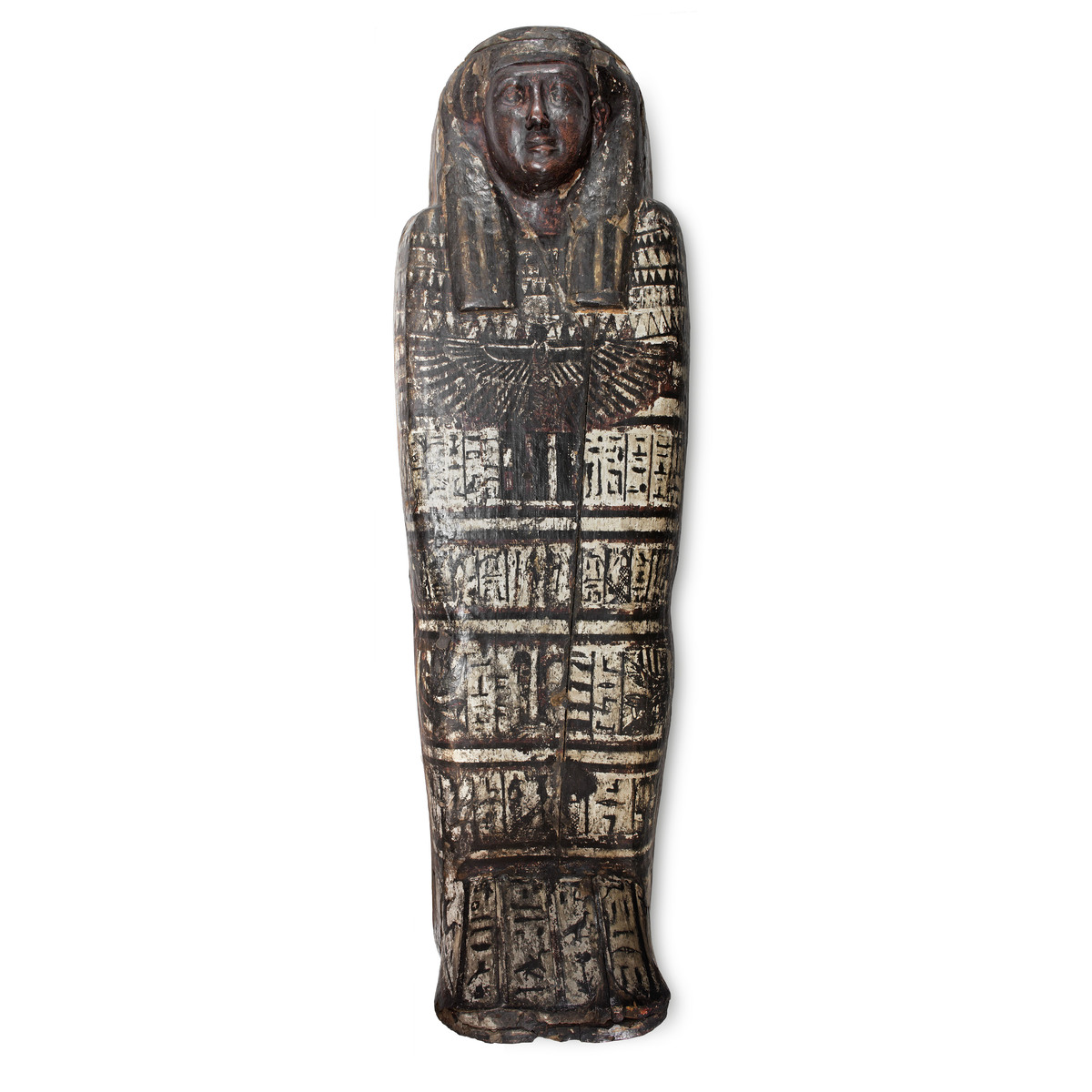Ta-Kheru's Health
The CT image allowed researchers to examine Ta-Kheru’s skeleton in detail. The evidence of missing teeth and signs of bone atrophy in her skull suggested that she had lived to her late 60s or early 70s, almost double the average life expectancy for her time.
Her shoulder, knee and hip joints were in very good condition without signs of arthritis, and so were the small bones of her feet and hands. This was unusual for a woman who was in her old age by the standards of the day. The lack of wear and tear on her bones suggests that she had led a life of leisure, with no signs of hard physical labour.
She was missing all but five of her teeth, but the bones in her jaw had healed over, suggesting that she lost her teeth many years before she died. Possibly they were extracted deliberately. Researchers were surprised to find that there were no signs of infection in her jawbone, despite the missing teeth.
Her sister Nes-mut-aat-neru, who also lived to her 60s, seems to have had poorer health than Ta-Kheru in her old age. X-rays showed that Nes-mut-aat-neru had signs of arthritis in her neck and a dental abscess extending into her jaw when she died.
What did Ta-Kheru die of? Nothing that left a mark on her skeleton. She might have died from a condition of the soft tissues, such as a stroke affecting the brain. In an era long before antibiotics, she was more likely to have died of some form of infection, such as sepsis, food poisoning, or an epidemic disease.
Mummified body and inner coffin of Ta-Kheru
Ta-Kheru’s mummified body is wrapped in fine linen and covered with a net of faience beads. She lies in the lower part of her inner coffin, while the coffin’s lid has remained in Germany and will rejoin Ta-Kheru on the next stage of the touring exhibition.
The inner coffin was contained within an outer coffin, also displayed. Having two coffins was a sign of a high status burial.
Outer coffin of Ta-Kheru
The outer coffin contained Ta-Kheru’s inner coffin and mummified body. The style of Ta-Kheru’s coffin decoration is typical of the Kushite period (25th Dynasty) from 765-656 BC.
The inscription on a white band on the edge of the outer coffin is mysterious, as the symbols are not Egyptian hieroglyphs. It was probably added by someone trying to imitate hieroglyphs, perhaps after the coffin was discovered but before Ancient Egyptian writing was decoded in the 1820s.




